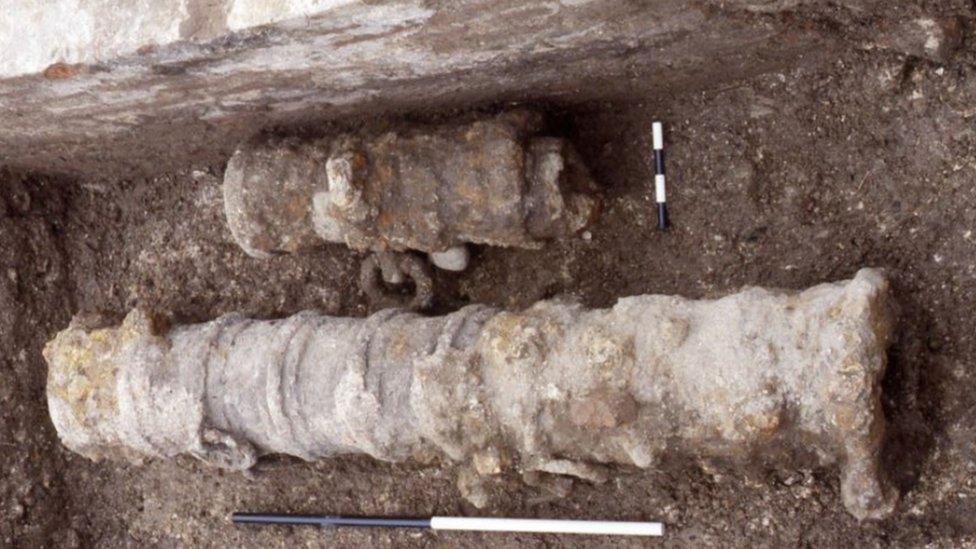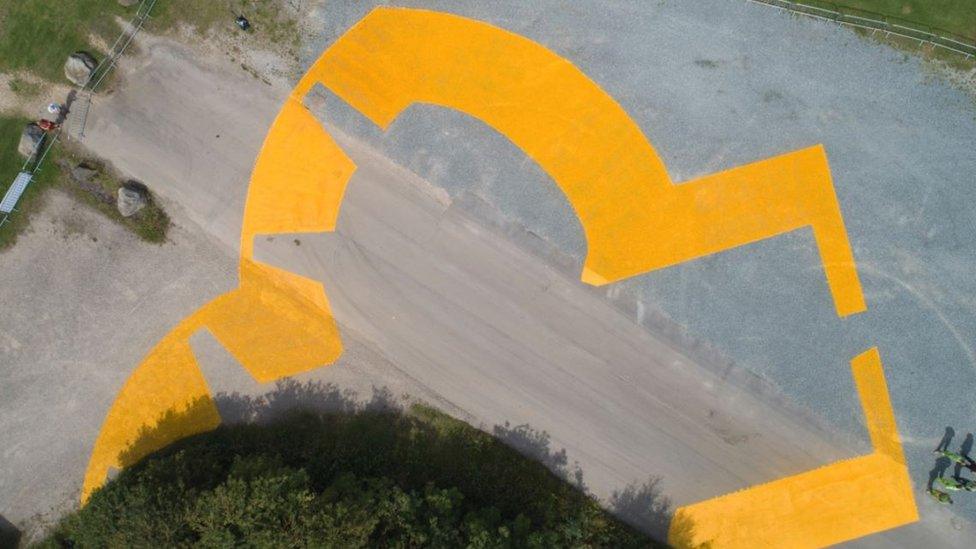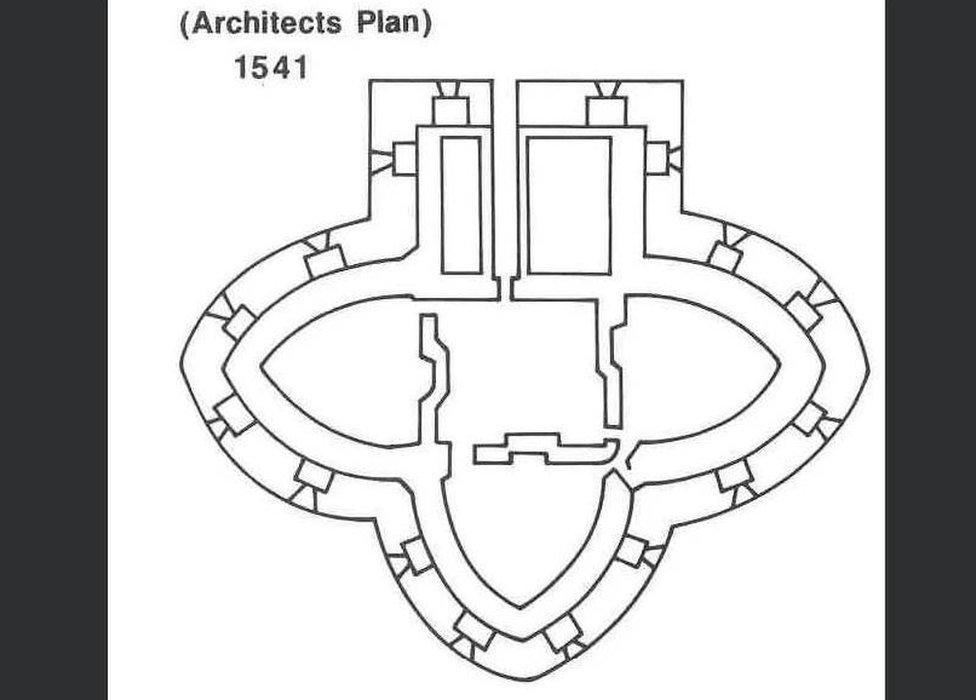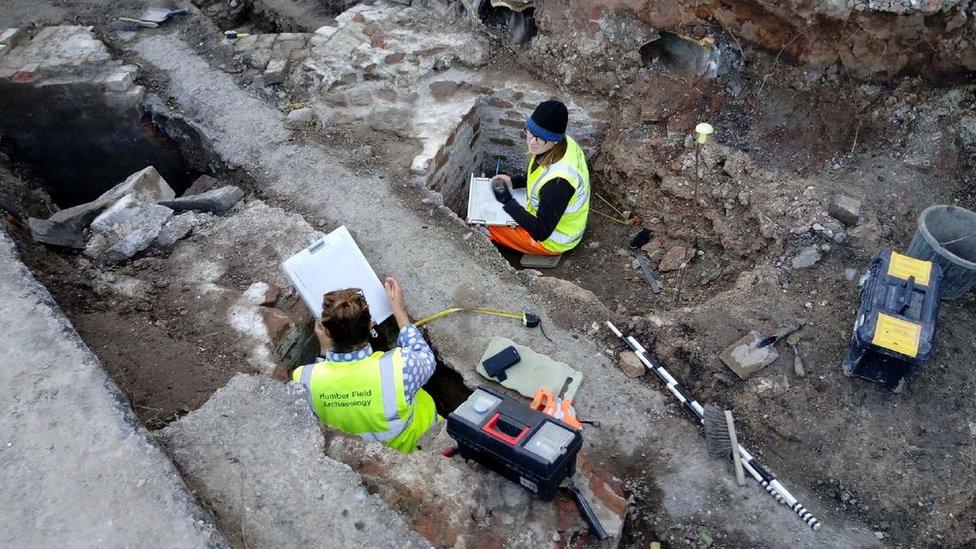Henry VIII's blockhouse dig to resume in Hull
- Published

The structure was partly excavated in 1997, when these guns were uncovered
A new dig has been planned to uncover the remains of a 16th Century blockhouse commissioned by Henry VIII as part of the city of Hull's defences.
The excavation starting on 25 February is to concentrate on the northern end of the South Blockhouse, a scheduled monument.
The site at the confluence of the River Hull and Humber Estuary is to be dug by Humber Field Archaeology (HFA).
Ken Steedman, of HFA, said: "We want to dig down to the foundations."
The defences were demolished in 1864 but not completely destroyed.
Mr Steedman said the work would be "interesting and exciting" and it was hoped to expose two gun ports as well uncovering the foundations.
Parts of the blockhouse, near the Deep aquarium, were also uncovered in a previous dig in 2017.
About seven archaeologists and a number of volunteers are due to take part in the new six-week excavation, HFA said.

The outline of the blockhouse walls under the ground were marked out in 2017
A blockhouse was built to house guns and protect the gunners and ammunition from attack. The South Blockhouse in Hull was commissioned by the king in 1541.
It was part of a system of three forts linked by a curtain wall protecting Hull and its port.
The monument, external includes remains of the earliest defences built by Henry VIII, external in the 1540s and some later defences.


South Blockhouse
In February 1542:
Sixty bricklayers were working on the construction
There were also 20 masons, 20 carpenters and 10 plumbers working
About 300 labourers joined 30 lime burners and 30 brick makers supplying materials
The cost of building the fortifications was £23,000 (1543)
Source: HFA

- Published27 December 2017

- Published30 August 2017

- Published19 July 2016
